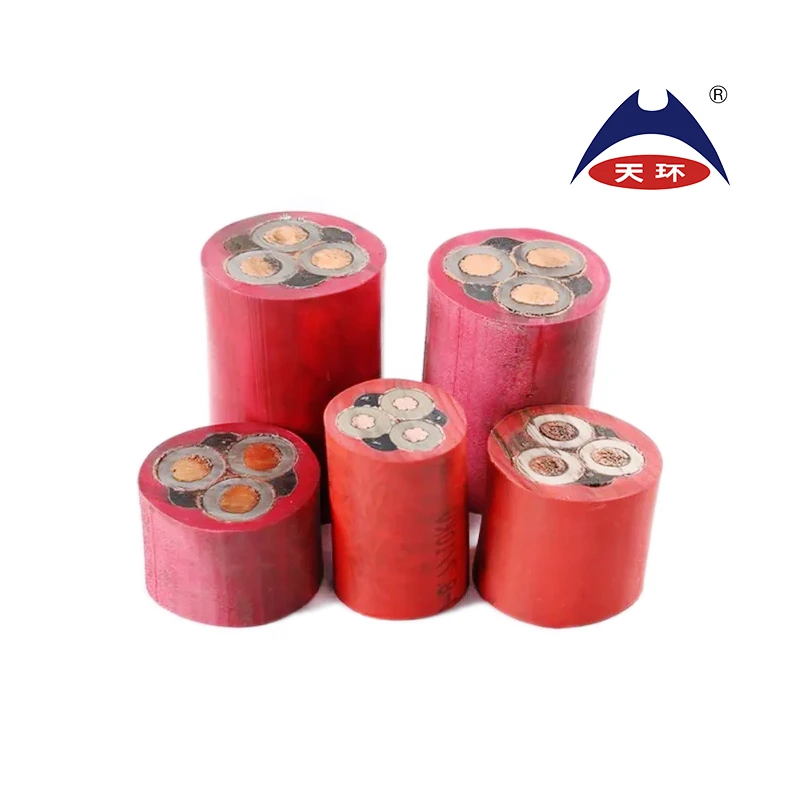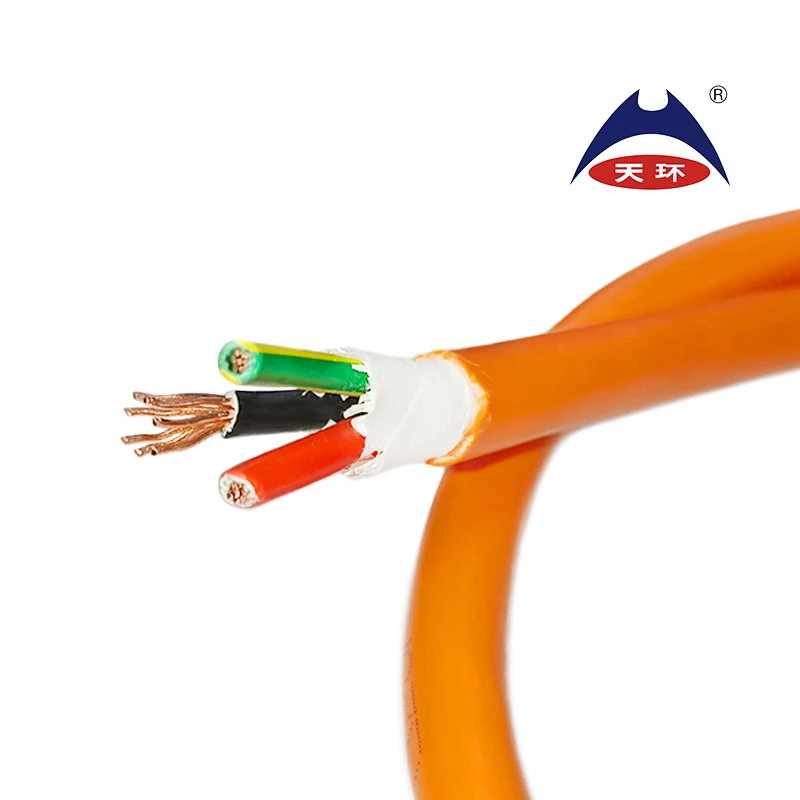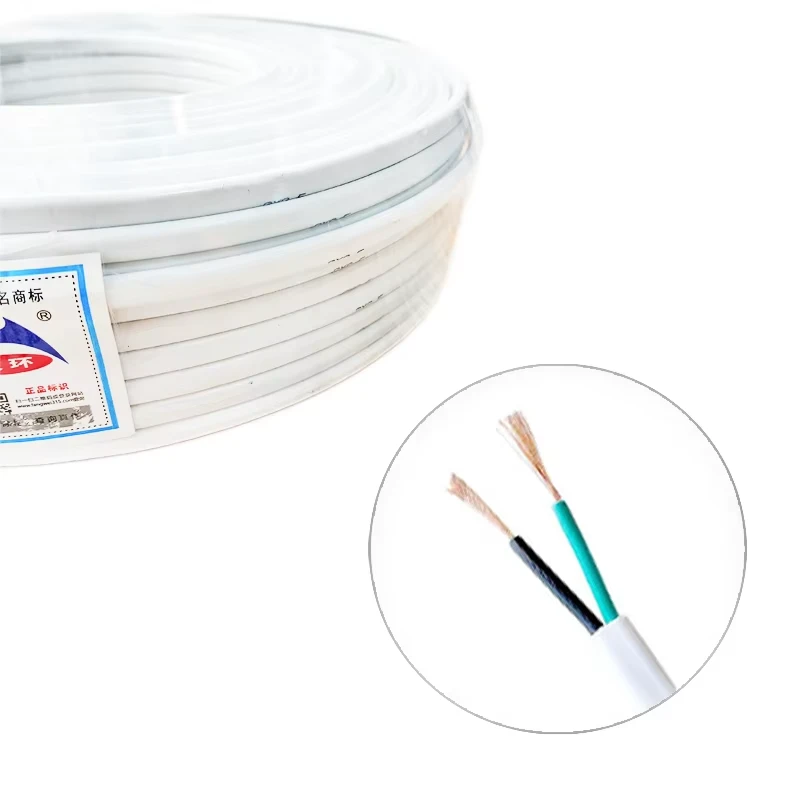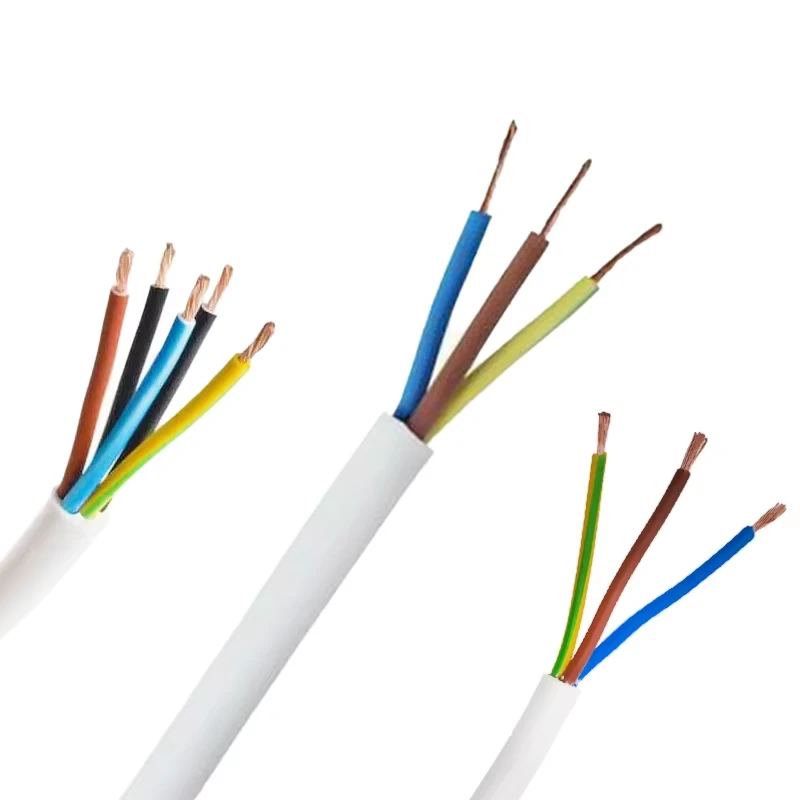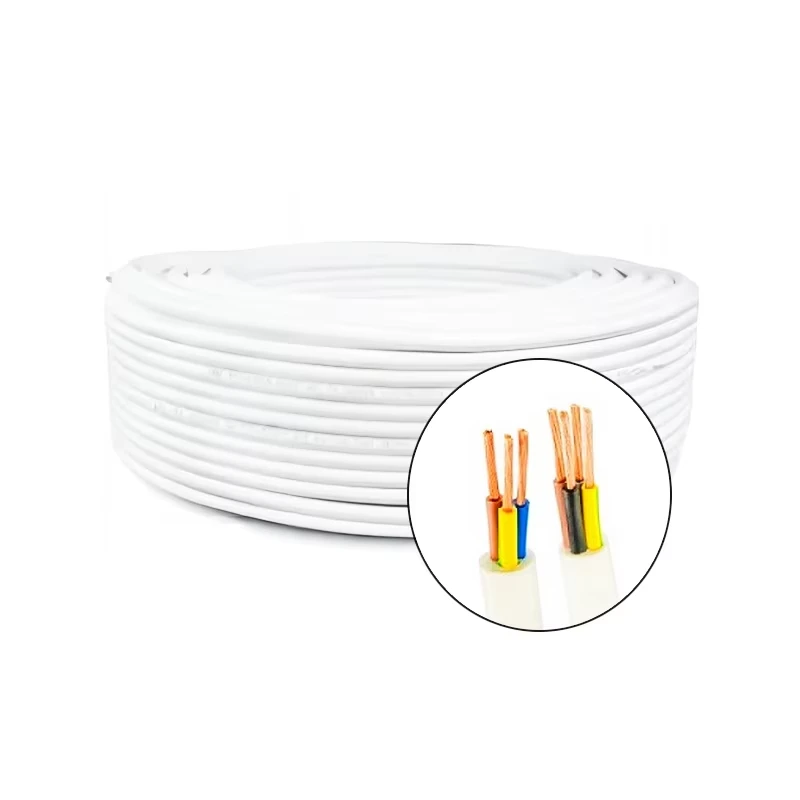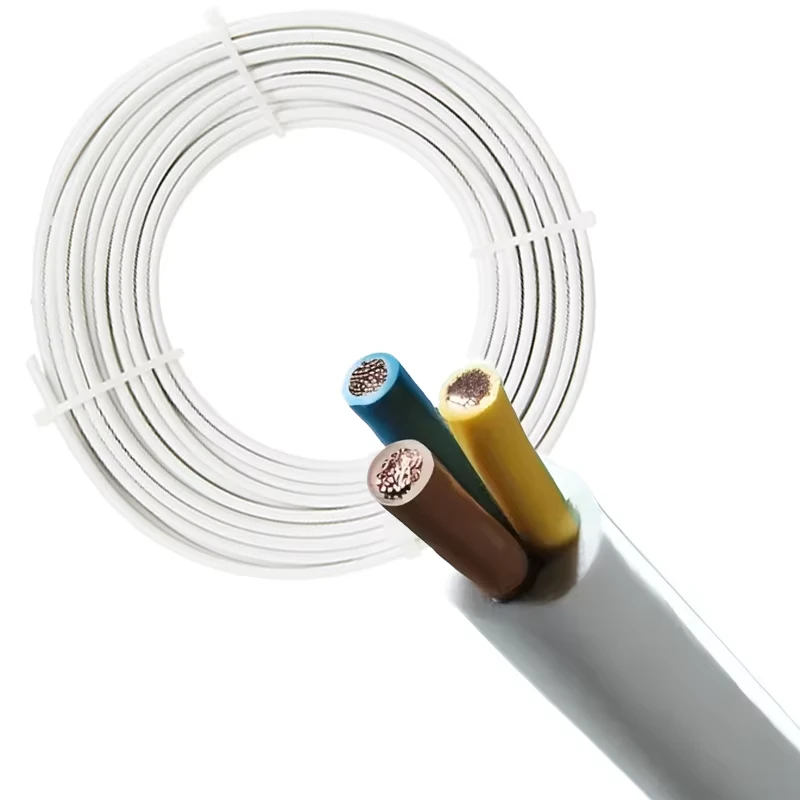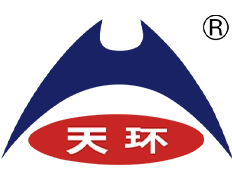
Types of Neoprene Cable
Neoprene cables have become essential components in various industrial and commercial applications due to their exceptional durability and flexibility. As a leading manufacturer with ISO 9001 certification, Tianhuan Cable Group produces premium neoprene cable, cable rubber, and rubberised cable solutions that meet international standards for quality and performance. Our extensive product range caters to diverse industry needs while maintaining the highest safety and reliability standards.
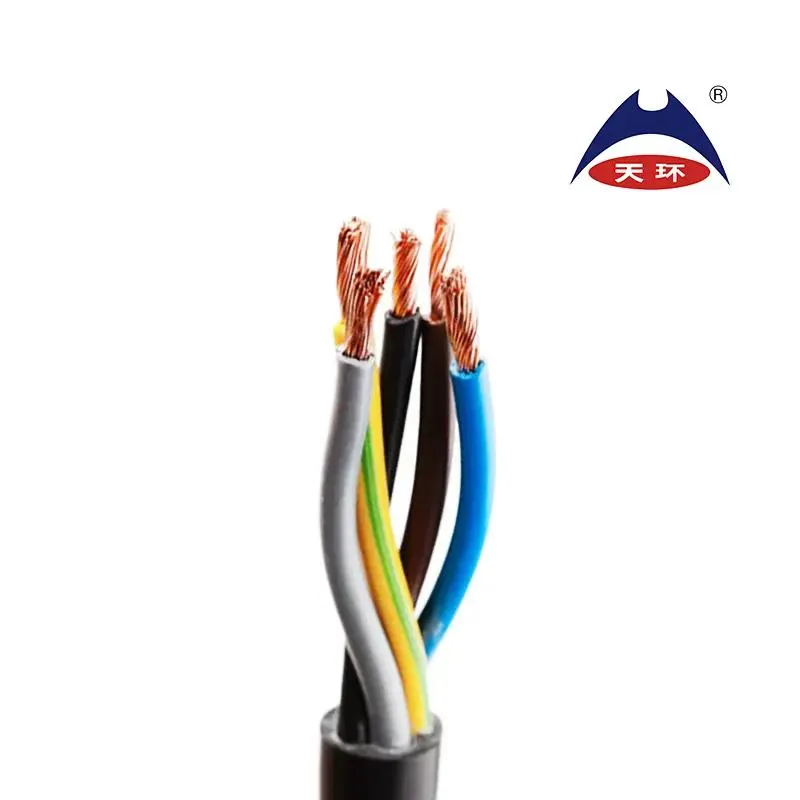
Neoprene Cable Construction Varieties
- Single-conductor neoprene cable - Designed for simple power transmission applications where flexibility and durability are paramount
• Multi-conductor rubberised cable - Contains multiple insulated conductors within a single neoprene jacket for control applications
• Shielded cable rubber - Features additional shielding layers for protection against electromagnetic interference
• Armored neoprene cable - Incorporates metal armor for enhanced mechanical protection in harsh environments
• High-temperature rubberised cable - Special formulations withstand elevated temperatures while maintaining flexibility
Cable Rubber Material Specifications
- Standard neoprene compound- Offers excellent oil and chemical resistance for general industrial applications
• Flame-retardant neoprene cable - Self-extinguishing formulation meets strict fire safety requirements
• Cold-resistant cable rubber - Maintains flexibility in sub-zero temperatures for outdoor applications
• UV-stabilized rubberised cable - Resists sunlight degradation for extended outdoor service life
• Food-grade neoprene cable - Special compounds approved for use in food processing and pharmaceutical applications
Rubberised Cable Electrical Characteristics
- Voltage ratings -Our neoprene cable products range from 300V to 2000V for various applications
• Current capacity - Properly sized cable rubber ensures safe current carrying capacity
• Insulation resistance - High-performance rubberised cable maintains excellent dielectric properties
• Temperature range - Standard neoprene cable operates from -40°C to 90°C
• Flexibility - Specially formulated cable rubber withstands repeated bending without cracking
Neoprene Cable Industry Applications
- Marine and offshore- Saltwater-resistant rubberised cable for shipboard and platform applications
• Mining operations - Durable neoprene cable withstands abrasive environments
• Construction sites - Tough cable rubber for temporary power distribution
• Manufacturing plants - Oil-resistant rubberised cable for industrial machinery
• Entertainment industry - Flexible neoprene cable for stage lighting and equipment
Cable Rubber Installation Considerations
- Bend radius- Maintain minimum 6x diameter for standard neoprene cable installations
• Pulling tension - Limit to 50 lbs/square inch for cable rubber to prevent conductor damage
• Termination methods - Use proper glands and seals for rubberised cable entries
• Support spacing - Install supports every 24-36 inches for horizontal neoprene cable runs
• Environmental factors - Consider temperature extremes when selecting cable rubber types
Neoprene Cable FAQS
Q: How does neoprene cable differ from cable rubber in outdoor applications?
A: Neoprene cable features synthetic rubber insulation with exceptional weather resistance, ideal for outdoor setups exposed to UV rays, moisture, and temperature fluctuations. Cable rubber, as a broader term, may refer to natural or synthetic rubber compounds, but neoprene specifically offers superior ozone and chemical resistance. This makes neoprene cables more durable for marine, construction, or industrial outdoor use where degradation from environmental factors is a concern.
Q: What industries commonly use rubberised cable and neoprene cable for flexibility?
A: Rubberised cables, with their flexible rubber sheathing, are widely used in industries requiring frequent movement, such as robotics, conveyor systems, or portable machinery. Neoprene cables extend this flexibility with added durability, making them popular in automotive wiring, mining equipment, and agricultural machinery. Both types excel in applications where cables need to bend without cracking, but neoprene’s resilience makes it suitable for harsher operational environments.
Q: How do manufacturers ensure the fire resistance of neoprene cable and rubberised cable?
A: Neoprene cables often incorporate flame-retardant additives during production, meeting standards like UL 94 for flammability. Rubberised cables may use fire-resistant rubber compounds or additional protective layers. Manufacturers test these cables for self-extinguishing properties and limited smoke emission, ensuring they comply with safety regulations in sectors like construction, where fire risk is a priority. Always check for certifications like ISO 9001 to validate fire-resistant claims.
Q: Can cable rubber and neoprene cable be used in chemical - rich environments?
A: Neoprene cable stands out for its chemical resistance, particularly against oils, fuels, and solvents, making it suitable for automotive, aerospace, or industrial zones with chemical exposure. Cable rubber may vary—natural rubber has lower chemical resistance, while synthetic blends (like neoprene) offer better protection. For severe chemical environments, specify neoprene cables and confirm compatibility with the specific substances involved to prevent insulation degradation.
Q: What maintenance practices prolong the life of rubberised cable and neoprene cable?
A: Regularly inspect rubberised cables 그리고 neoprene cables for signs of cracking, abrasion, or swelling, especially in high-flex or high-temperature areas. Clean them with mild detergents to remove dirt or chemical residues, and avoid exposing them to sharp edges or excessive tension. For outdoor installations, ensure proper sealing in conduits to prevent moisture ingress. Neoprene’s durability reduces maintenance needs, but proactive care—such as lubricating moving parts around cables—extends their service life in any application.
Welcome to Tianhuan Cable Group Co., Ltd., where 24 years of electrifying innovation meet unwavering excellence! Since 2000, nestled in Ningjin County, Hebei, we've been the trusted architects of connectivity, powering projects across China and beyond with a registered capital that underscores our strength.
Our collaborations with industry giants like the State Grid and China Railway, coupled with our ranking among China's top 100 cable enterprises, speak volumes about our leadership. With 15 advanced low - voltage production lines and a commitment to 100% product qualification, we're not just manufacturing cables—we're crafting solutions that light up lives and industries. From fire - resistant cables safeguarding buildings to photovoltaic cables harnessing the sun's power, our diverse range meets every need. Backed by multiple international certifications, we're your partner for quality, speed, and reliability. Explore our world - class offerings at www.thcable.com today!
-
0.6/1 kV Low Voltage XLPE Insulated Multi-Core SWA Armoured Cable-Tianhuan Cable Group|Durable Industrial Cables&Fire-Resistant Design소식Sep.29,2025
-
0.6/1 kV XLPE Insulated Multi-Core SWA Armoured Cable - Tianhuan Cable Group | High-Durability&Fire-Safe Design소식Sep.29,2025
-
0.6/1 kV XLPE SWA Cable-Tianhuan Cable|Low Voltage Power Cable&Industrial Cable소식Sep.29,2025
-
0.6/1 kV XLPE SWA Armoured Cable-Tianhuan Cable|Low Voltage, Durable, Fire Resistant소식Sep.29,2025
-
XLPE Insulated SWA Armoured Cable-Tianhuan Cable Group|High Electrical Insulation&Mechanical Protection소식Sep.29,2025
-
0.6/1 kV Low Voltage XLPE Insulated Multi-Core SWA Armoured Cable - Tianhuan Cable Group | Power Transmission, Durability, Safety소식Sep.29,2025
-
0.6/1 kV XLPE Insulated SWA Armoured Cable - Tianhuan Cable Group | High Voltage Resistance&Durable Construction소식Sep.29,2025





